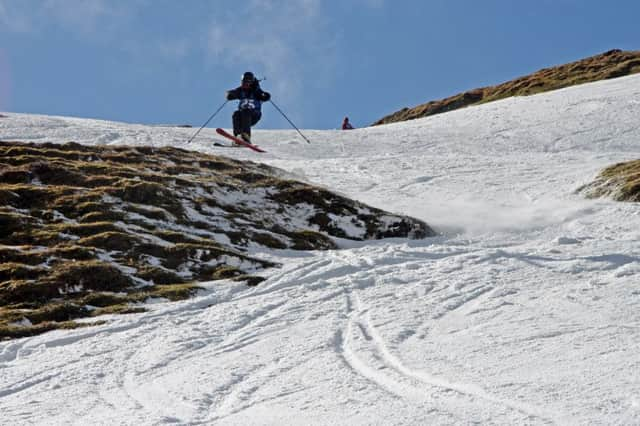Roger Cox: Britain's rich vocabulary for snow


As someone who has been lucky enough to spend a decent proportion of his life messing about in snow of multifarious varieties, that number never seemed particularly high – certainly not for a society that has spent centuries surrounded by the stuff. English, though, set me straight. In his book, he traces the hundred words myth back to the anthropologist Franz Boas, who initially claimed the Eskimo had many different words for snow, reflecting its importance to them. This idea sent more and more anthropologists toddling off to carry out fieldwork in the Arctic, and remained unchallenged until 1986 or thereabouts, when another anthropologist, Laura Martin, wrote a paper arguing that “Eskimo” is not really a single language, and anyway, the use of compound words and phrases in the languages in question made it seem as if they had more snow words than they really did. The people of the far north certainly have plenty of expressions for snow, English concludes – and he lists several of them, including the beautiful “kanevvluk” which means very fine snow or rain – but probably not as many as the mythical hundred.
Here in the British Isles, it turns out, we also have a surprisingly rich vocabulary when it comes to dealing with the white stuff. Last year, in his book Landmarks, the leading British nature writer Robert Macfarlane set out to gather together all the weird and wonderful landscape language of these islands, and his section dedicated to ice and snow demonstrates that, although we don’t get as much snow as they do up in the Arctic, we have a wealth of different terms for it nevertheless. In Shetland, for example, there’s “feevl” for snow falling in large flakes, “fievel” for a thin layer of snow and the wonderful “moorie caavie” for a blinding snowstorm. On Exmoor they have “blenk” for light snow and in East Anglia a heavy fall of snow is a “blunt”. In Northern Ireland they call snowdrifts “sheebones” while in the Fens they call them “windles”. And then there’s my all-time favourite British snow-term: “snow-bones” – a Yorkshire expression for patches of snow seen stretching along ridges and in hollows and gullies following a partial thaw.
Advertisement
Hide AdAdvertisement
Hide AdIt occurs to me, though, that anyone who’s really serious about studying snow-language should probably start with the skiing and snowboarding fraternity. A hundred words for snow? We’re probably not far off.
The holy grail, of course, is “powder”, also known as “pow” for short, “hero snow” because it makes everyone feel like a hero, “blower pow” or “cold smoke” or even “fluff” when it’s particularly light, “packed powder” when it’s been pisted, “steep ‘n’ deep” when there’s lots of it lying on a serious incline and “dust on crust” when there’s a thin layer on a hard-packed base. Oh, and there’s also “champagne powder” in Steamboat Springs, Colorado, where they’ve actually gone to the trouble of trademarking the term.
When it comes to on-piste conditions, we have “corduroy” to describe the grooved surface left by piste-bashers, “chop” to describe what happens to this surface late in the afternoon when everyone and their granny has skied it, and “moguls” to describe the bumps that form on high-traffic terrain. On windy days we might talk about avalanche-prone “windslab” or snow that has a “breakable crust”. When things get icy, resorts might issue conditions updates that talk about a “hard-packed” surface with some “icy patches” while customers might be more likely to refer to “boilerplate”, “blue ice” or “sheet ice”. And then, of course, particularly at this time of year, as the ski season draws to a close, we have all the different words for tired old snow that’s still hanging on in there, stubbornly refusing to melt. The catch-all term for this soft, forgiving surface is of course “spring snow”, but within that we have “corn snow” (where the ice crystals are very large), “sugar snow” (where the crystals are smaller) and “slush” (where the snow is on the verge of turning into water).
Powder snobs may turn their noses up at this last category, but don’t forget: soft, forgiving spring snow can also be hero snow. Understand that, and you’re all set to enjoy the tail end of the Scottish ski season.